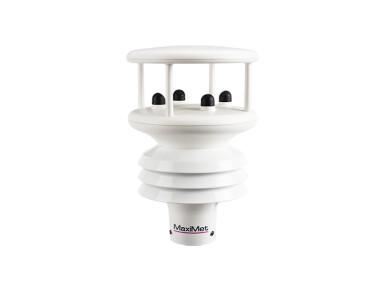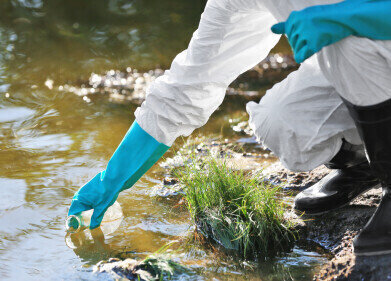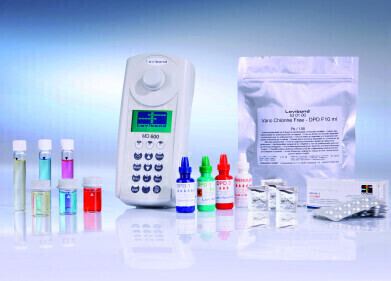Portable & field testing
Portable XRF Analysers Enable Rapid Elemental Analysis of Lead
Feb 01 2016
Lead is a toxic metal that is harmful to human health and any level of exposure is considered unsafe. Drinking water is only one of the possible routes of exposure to lead contamination, but it is one of the easiest routes of contamination to reduce. The primary source for lead in most drinking water sources is the piping used within a distribution system or household plumbing. Lead found in tap water usually comes from the corrosion of older fixtures or from the solder that connects pipes. When water sits in leaded pipes for several hours, lead can leach into the water supply.
XRF (X-Ray Fluorescence) is one of the acceptable techniques for measuring the lead content of drinking water system components. XRF is a nondestructive testing technique that can analyse a metal sample in seconds with no need for sample preparation. Thermo Scientific (USA) Portable XRF Analysers determine the elemental composition of materials by measuring the fluorescent (or secondary) x-ray emitted from a sample when it is excited by a primary x-ray source. Each of the elements present in a sample produces a set of characteristic fluorescent x-rays (“a fingerprint”) that is unique for that specific element, which is why XRF spectroscopy is an excellent technology for qualitative and quantitative analysis of material composition.
Digital Edition
AET 28.4 Oct/Nov 2024
November 2024
Gas Detection - Go from lagging to leading: why investment in gas detection makes sense Air Monitoring - Swirl and vortex meters will aid green hydrogen production - Beyond the Stack: Emi...
View all digital editions
Events
Jan 12 2025 Abu Dhabi, UAE
Jan 14 2025 Abu Dhabi, UAE
Jan 20 2025 San Diego, CA, USA
Carrefour des Gestions Locales de L'eau
Jan 22 2025 Rennes, France
Safety, Health & Wellbeing LIVE
Jan 22 2025 Manchester, UK



















